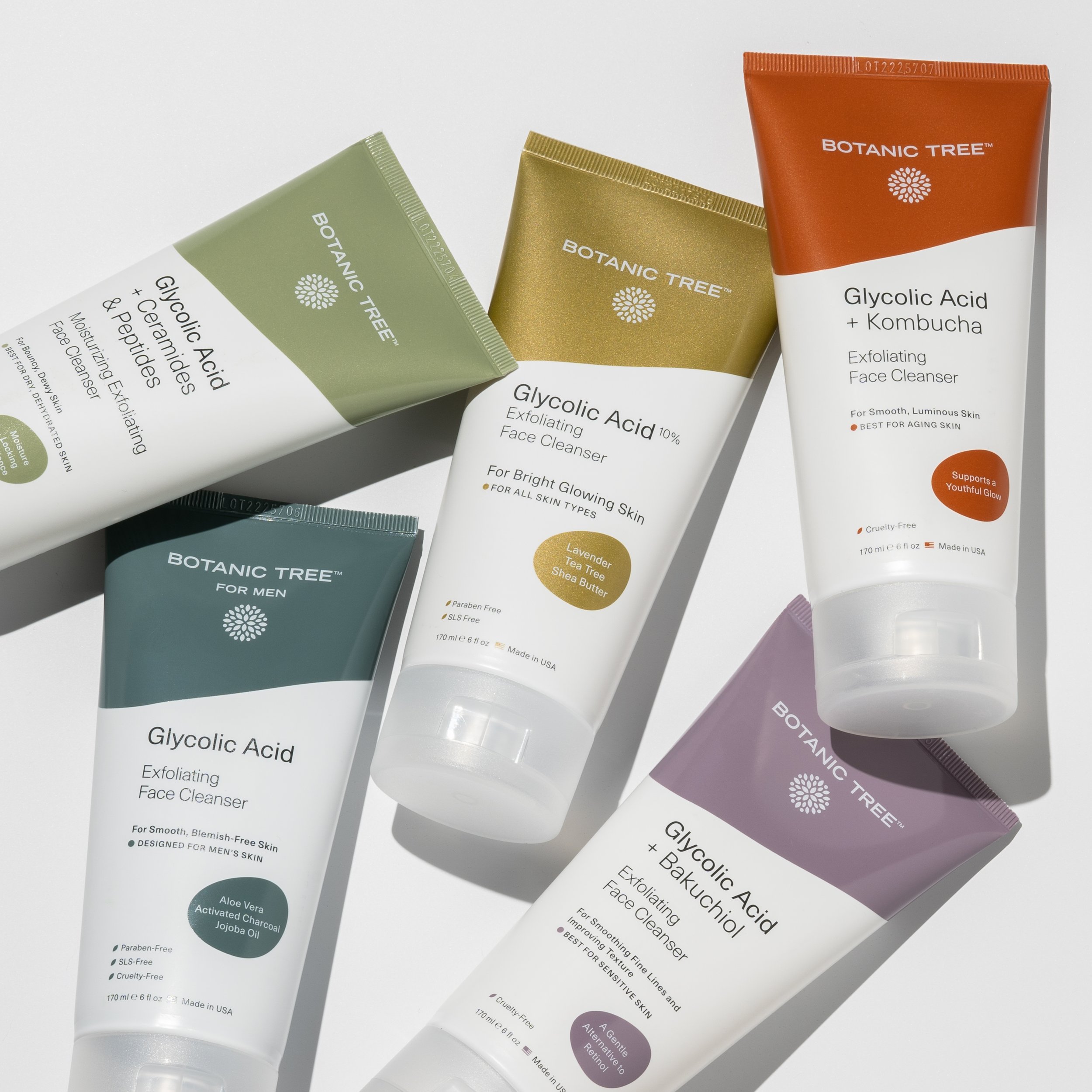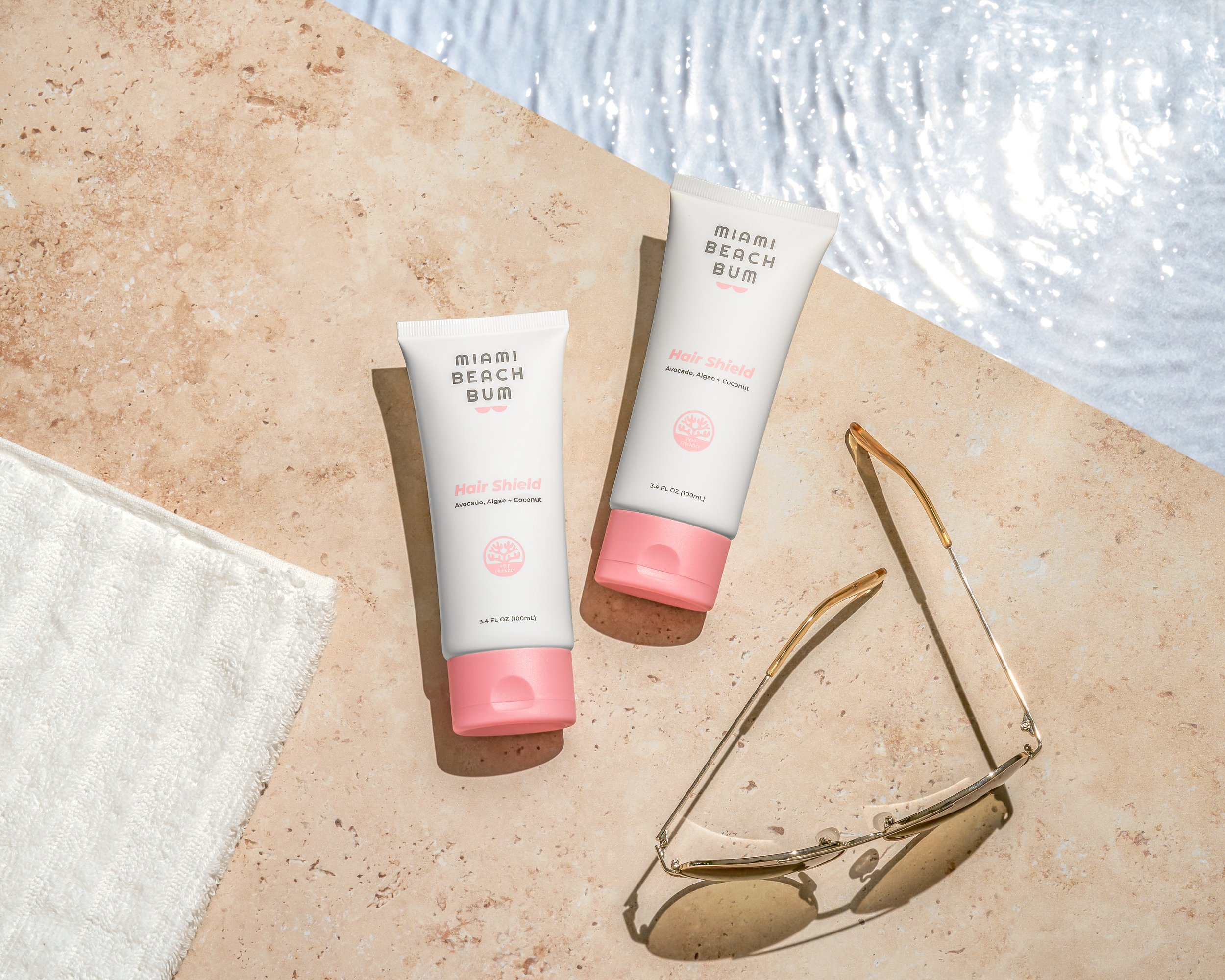How to Create a Consistent Look in Product Pictures
Product Picture Created for Treo Home by Mainstream Multi-Media
Introduction
The digital era has given rise to a flourishing e-commerce industry where customers can conveniently shop for thousands of products online. However, with stiff competition, it's crucial for businesses to stand out from the crowd. As product photographers, our role is to accurately showcase a brand's products and create a unique visual identity that captures the attention of potential customers. In this blog, we'll share some expert tips on how to create a consistent look in product pictures that will elevate your work and make your images shine.
The Importance of Consistency in Product Photography
Consistency is vital in product photography, as it establishes a visual identity that customers can easily recognize and trust. In fact, according to a study by MDG Advertising, 67% of consumers say that image quality is very important when making a purchase online. A consistent look across a brand's product images also creates a sense of professionalism and attention to detail that can set them apart from competitors. Customers are more likely to purchase from a brand that consistently presents its products in a visually appealing and accurate manner.
How to Create a Consistent Look in Product Photography
1. Define The Brand Identity
Before you start planning your shoot, it's essential to define the brand's identity. Determine the style and tone that they would like you to convey through product images. Their brand identity should align with their target audience's preferences and their brand's overall message. For example, you wouldn't style a scene for a hair product targeted to mature women in their 60s with colorful scrunchies and hair accessories. You'd probably opt for a simple and sophisticated set with minimal props and a neutral color pallet.
2. Plan Your Shoot
The best way to ensure a cohesive and harmonized gallery is to plan all of your shots in advance. This will force you to work out all of the details from backgrounds, lighting, props, and camera positioning. It is important to be consistent and not repetitive in your shot choices. Plan out the core pieces and work each shot around those elements, paying special attention to the cameras positing throughout each image. We highly recommend creating a shot list for your clients that clearly outlines all of your creative concepts. Using reference images and describing your ideas verbally is great but, if you can incorporate sketches into your concepts, you're one step closer to creating a flawless gallery.
Image concept sketches for Treo Home created by Mainstream Multi-media
3. Choosing The Right Background
Selecting the right backgrounds is crucial in creating a consistent look throughout your product images. You can experiment with different textures, colors, and patterns to add visual interest to your gallery. To keep your collection cohesive, we recommend using a consistent backdrop for 75% of your shots and then throwing in some creative options for the remaining 25%. There are a couple of different types of backgrounds to choose from depending on the type and size of the product you are shooting. We prefer to use waterproof vinyl backdrops from Club Backdrops, however, some photographers like the look and larger size options of seamless paper backdrops which you can purchase from Amazon.
4. Set Up Your Lighting
Lighting is another essential element in product photography. It can significantly impact the overall look and feel of your images. Soft, diffused lighting is an excellent choice if you're looking to produce a clean and even look that emphasizes the details of the products. On the other hand, if you're looking for a more dramatic and eye-catching image, consider using harsh lighting. This will create strong shadows and deep contrasts throughout your images, adding depth and dimension to the products. By mastering the use of lighting, you can elevate your product photography and create images that truly stand out.
5. Maintain Consistent Composition
Consistent composition is vital in creating a cohesive and professional image gallery. It doesn't necessarily mean that you should take every photo from the same angle, distance, or framing, but rather that your images should look visually connected. Elements within your images should be arranged similarly in each shot. For example, if you shoot a candle standing on a stone prop, consider taking another shot with the stone prop next to the candle. By utilizing the same elements in different ways, you can create a visually connected gallery. Additionally, you can experiment with different compositions, such as using diagonal lines or negative space, to add interest and depth to your images.
6. Edit Your Images
Editing plays the final role in achieving a consistent look in your product photography. While there are many aspects of editing, a good starting point is to adjust the color balance, contrast, highlights, shadows, and exposure of your images. We recommend using Adobe Photoshop and Lightroom as they offer powerful tools to enhance your pictures. You can purchase both programs as a bundle for only $19.99 a month. There are plenty of online resources available to learn the basics of these programs, but we suggest watching this video that is specifically tailored for product photography. One last tip is to ensure that your edited images align with your client's identity and overall aesthetic. It's essential to showcase their products clearly and accurately so that potential customers can make an informed purchasing decision. By following these editing tips, you can create product images that are consistent, visually stunning, and true to your client's brand.
FAQs
1. How do I create a shot list to plan my photoshoots?
We have a customizable shot list template available on our website!
2. How do I sketch out images for my product shoots?
We use an iPad to sketch out creative ideas on an app called Procreate.
3. What is the best lighting setup for product photography?
Download our FREE equipment guide to discover the exact gear we use in our studio
4. What editing software should I use for my product photography?
We recommend using Adobe Photoshop and Lightroom for only $19.99 a month.









